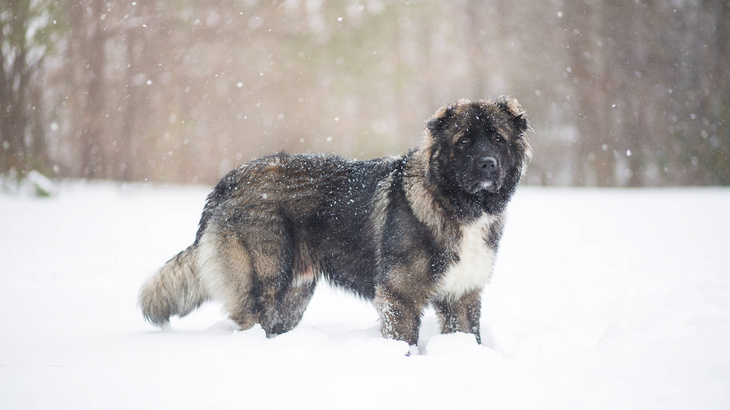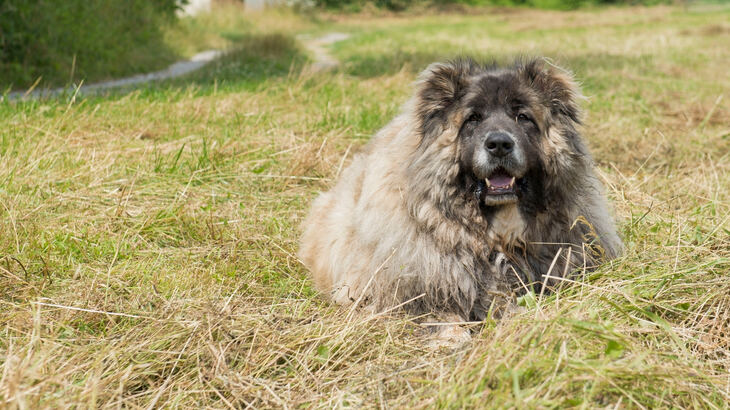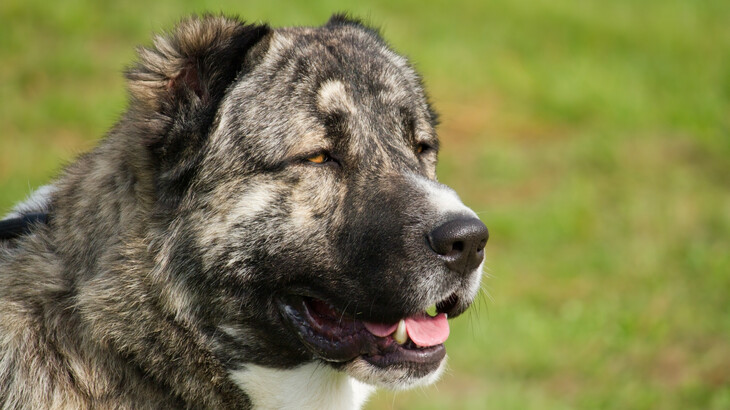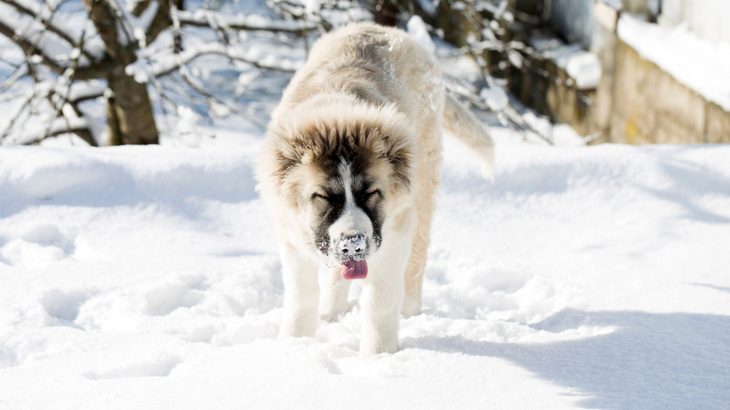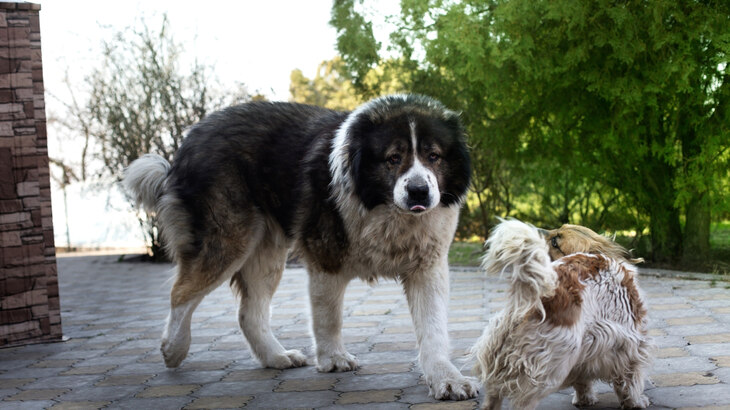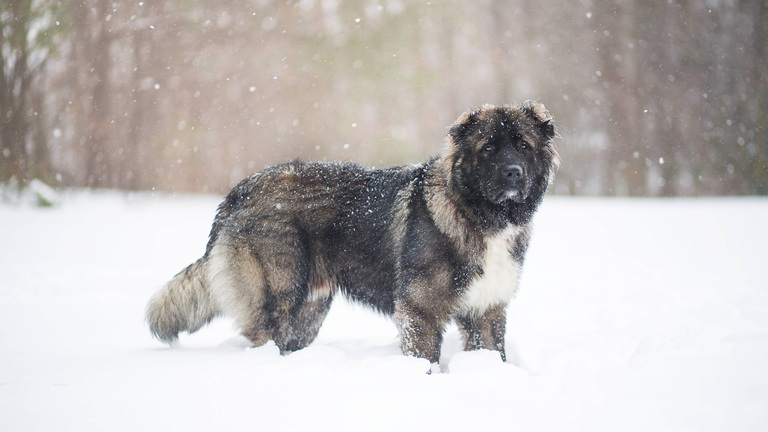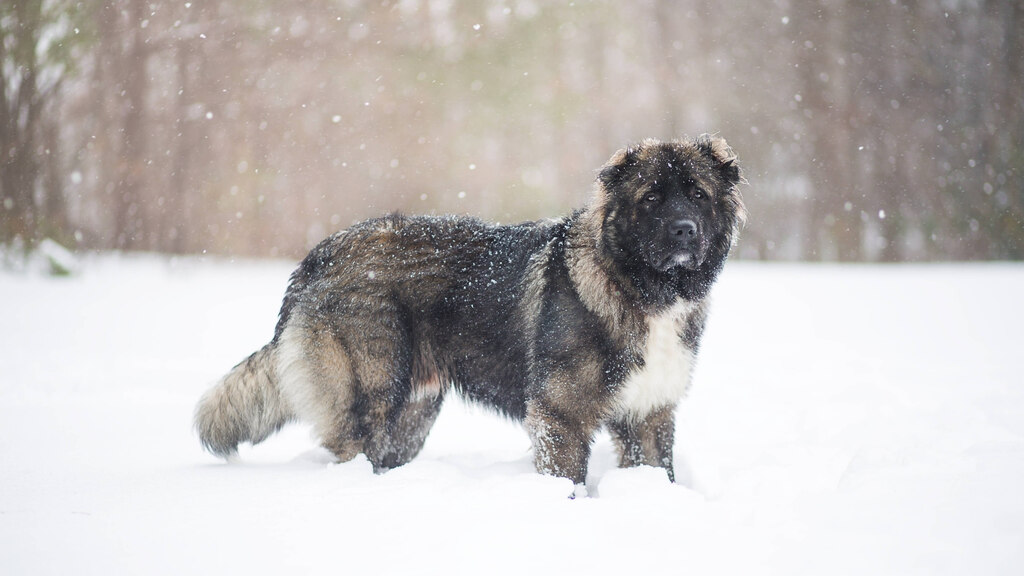Deciding whether to adopt or buy a Caucasian Shepherd Dog puppy means weighing factors like health knowledge, cost, and ethics related to the breed. Each option offers benefits, from gaining detailed pedigree and health info through breeders to giving a home to a dog in need via adoption.
| Criteria | Buying from Breeder | Adopting from Shelter/Rescue |
|---|---|---|
| Cost | Usually higher because of breed rarity and quality, including genetic testing and care. | Lower adoption fees, often more affordable. |
| Health History | Detailed health records and genetic screening from responsible breeders. | Health info may be limited or unknown; shelters do basic health checks. |
| Age Availability | Mostly puppies, allowing early bonding and training with breeder support. | Wide range of ages, including adults, suitable for experienced owners. |
| Temperament Insight | Breeders provide lineage-based temperament details. | Shelter staff share behavior notes but full history may be unclear. |
| Supporting Practices | Supports selective breeding to reduce genetic issues responsibly. | Supports animal welfare by giving homes to dogs needing them. |
| Risk of Genetic Disorders | Genetic testing lowers risks; breeders aim to prevent heritable conditions. | Higher uncertainty; background often unknown, so genetic risks may exist. |

